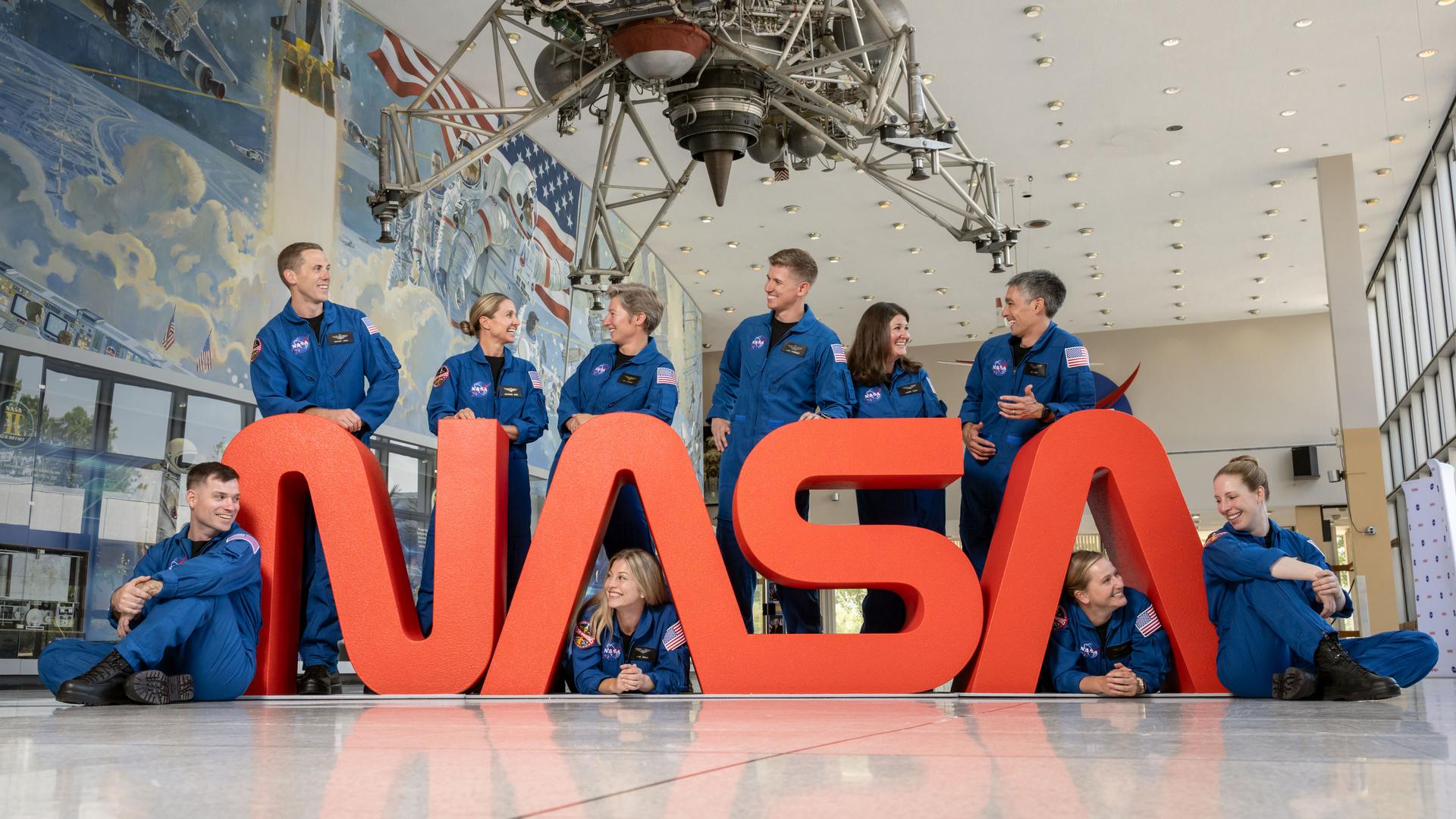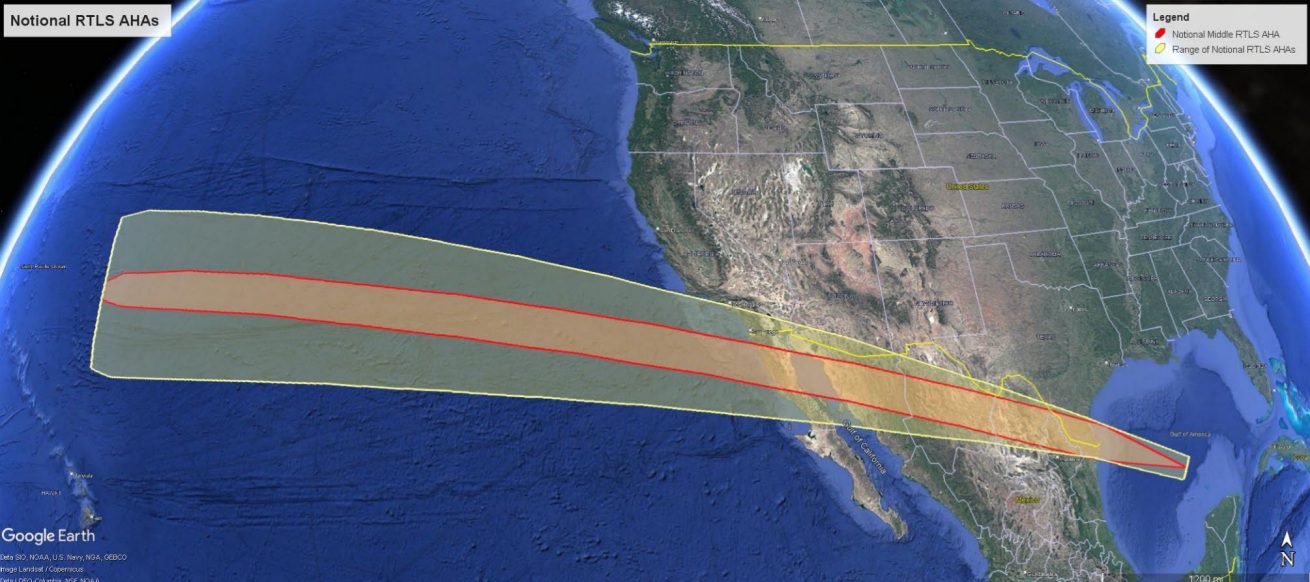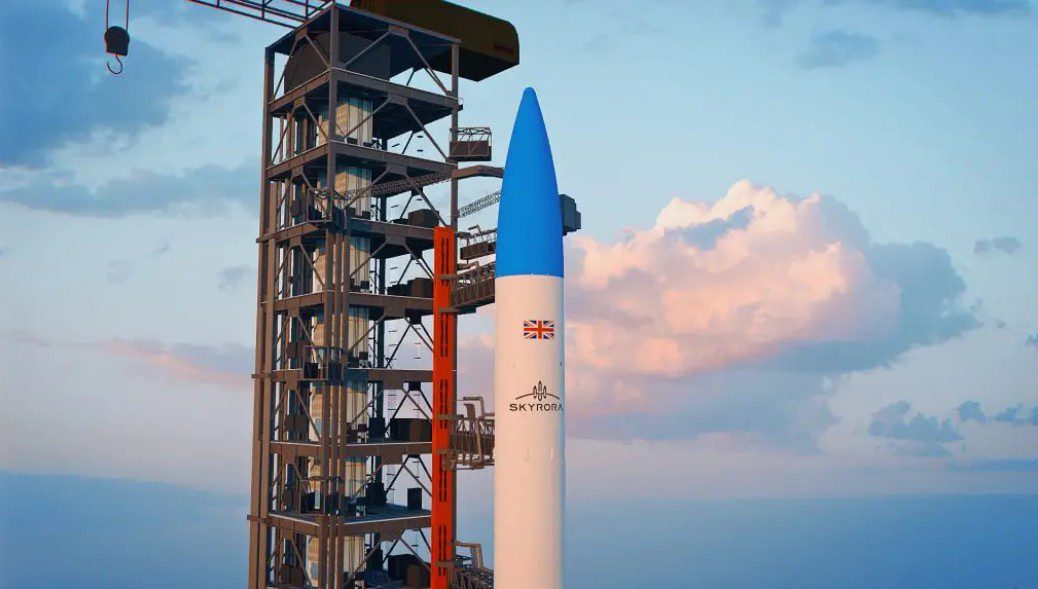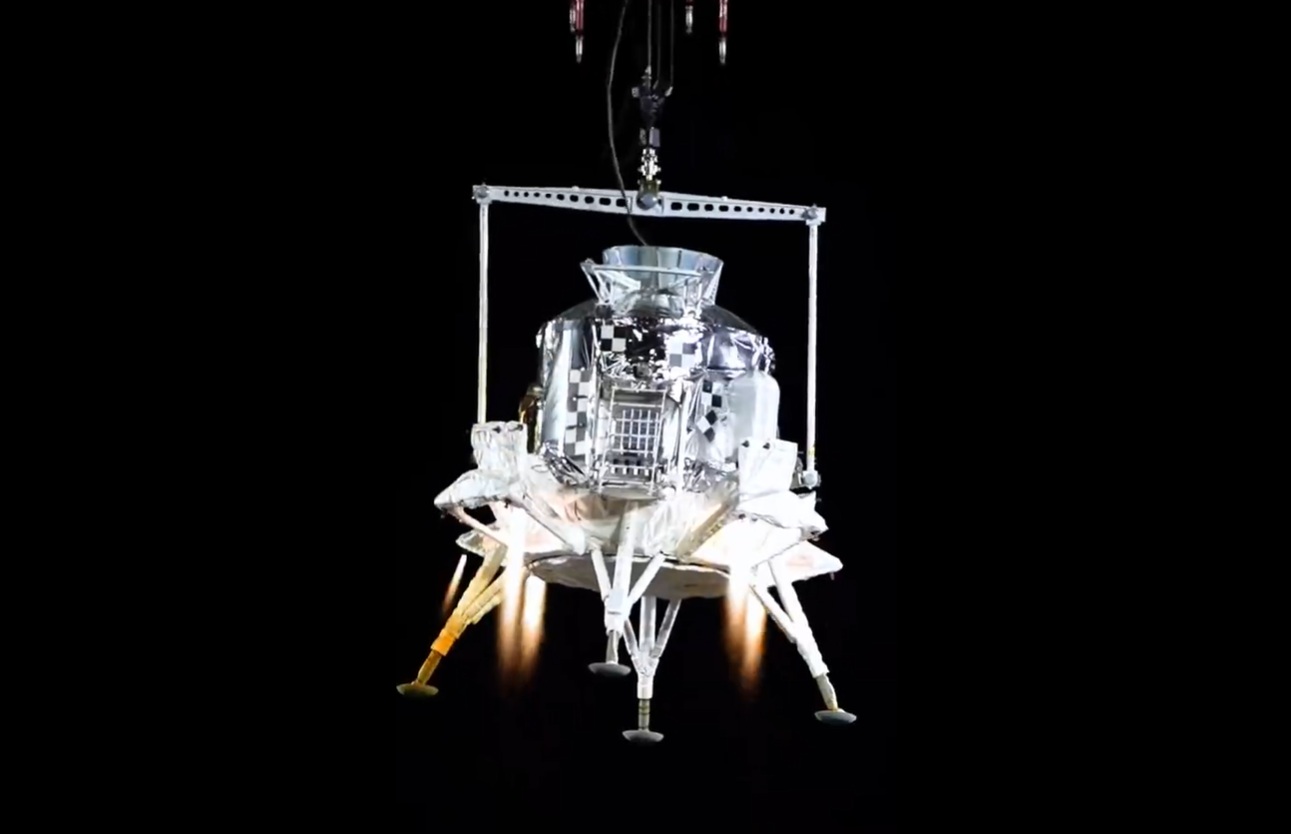The Indian Space Research Organisation (ISRO) performed a successful demonstration flight of the Crew Escape System (CES) via its Test Vehicle – a special single stage rocket – at 1630 GMT on 21 October from its Sriharikota launch site in the south of India.
The rocket uses a single stage based on the Vikas engine-powered L-40 liquid rocket booster. The mission, called Test Vehicle Abort Mission-1, on flight TV D-1 carried a dummy Command Module (CM) to an altitude of 11.9 km at a velocity of just above Mach 1. The abort was trigged at 61 seconds after lift-off then the escape system launch tower pulled the CM away from the stage at an altitude of 16.9 km. After separation of the CES and deployment of parachutes, the CM had a safe splashdown in the sea in the Bay of Bengal, about 10 km from the coast of Sriharikota where the launch site is located. The CM was later recovered by ship. The test was originally scheduled for 20 October but ISRO was forced to delay it to the following day.
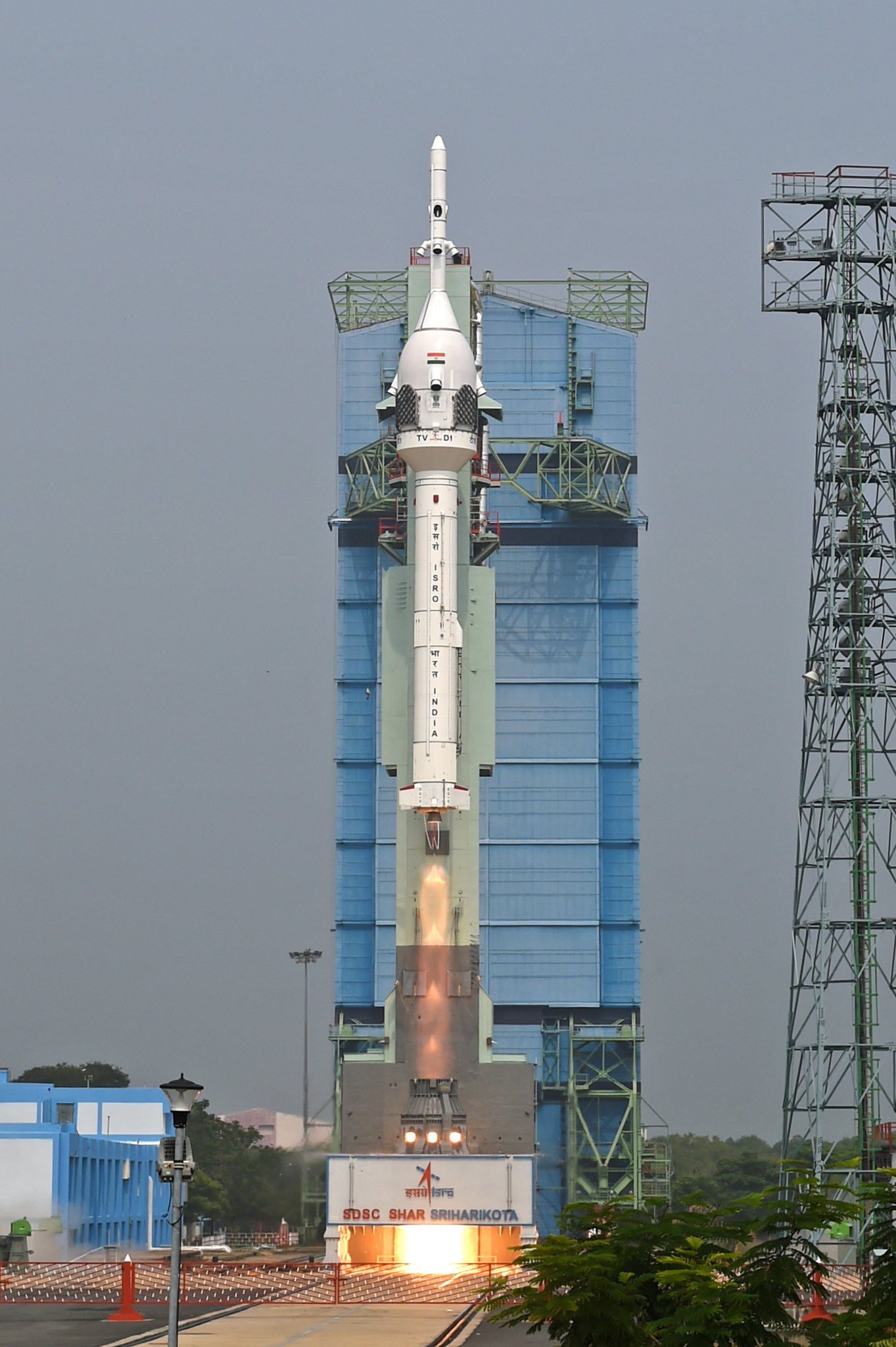
The L-40 based Test Vehicle on flight TV-D1 launches the test of the Crew Escape System. Courtesy: ISRO
The escape system would be used in emergencies in the country’s Gaganyaan mission, which is set to launch India’s first astronauts (dubbed by some as ‘gaganauts’) in 2025 on a human rated LVM3 (GSLV3). Three uncrewed missions of the Human Rated Launch Vehicle (HLVM3) are planned prior to the Gaganyaan mission.
India does not want to stop at an up-and-down mission to low Earth orbit (LEO). India’s Prime Minister, Narendra Modi, announced plans to establish the Indian Space Station in LEO by 2035. Modi then directed ISRO to land the first Indian astronaut on the Moon by 2040. To do this, India would need a new form of lunar landing craft and a new heavy lift rocket, called the Next Generation Launch Vehicle (NGLV). The state also has plans for an unmanned Venus Orbiter Mission and an unmanned Mars Lander.

